Home>Storage Ideas>Bathroom Storage>5 Signs You Have A Clogged Dryer Vent That Could Cause A Fire
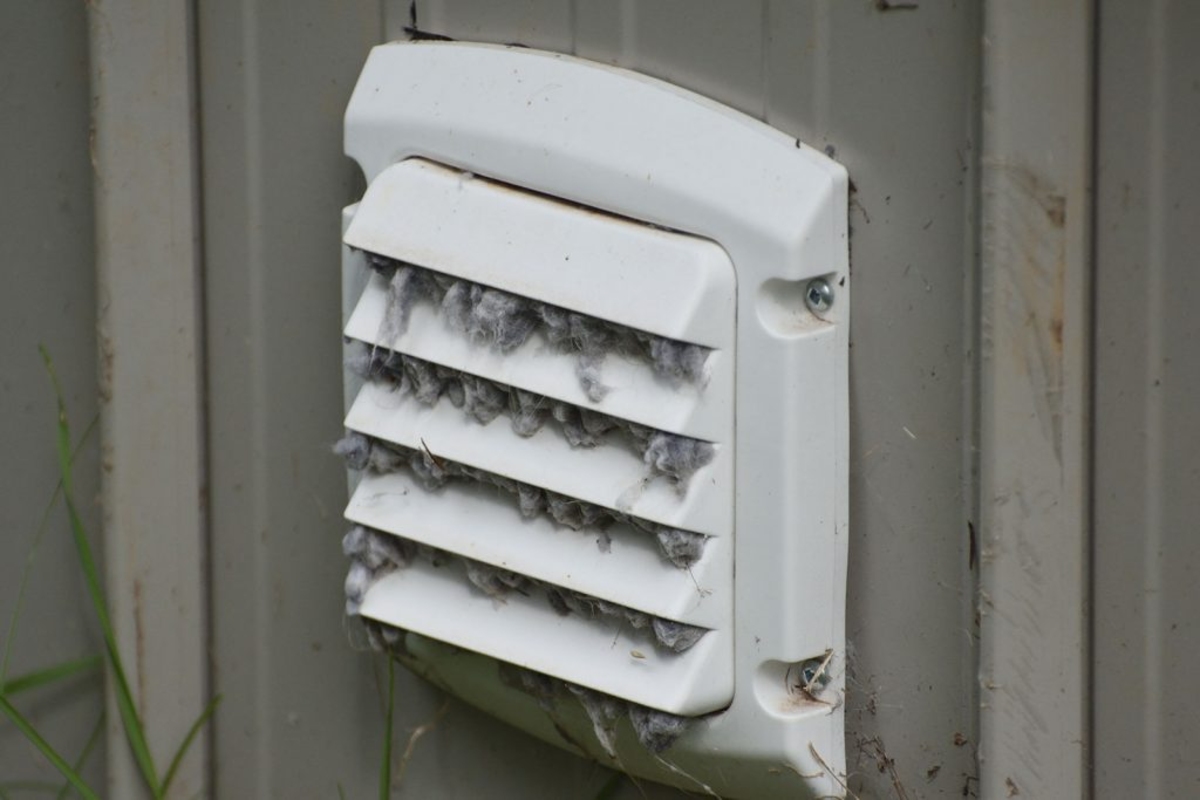

Bathroom Storage
5 Signs You Have A Clogged Dryer Vent That Could Cause A Fire
Modified: February 28, 2024
Worried about a potential fire in your home? Look out for these 5 signs of a clogged dryer vent, a common cause of house fires. Safeguard your family with proper bathroom storage.
(Many of the links in this article redirect to a specific reviewed product. Your purchase of these products through affiliate links helps to generate commission for Storables.com, at no extra cost. Learn more)
Introduction
Welcome to our guide on five signs that indicate you may have a clogged dryer vent, which can potentially lead to a fire in your home. The dryer vent is a crucial component of your laundry routine, responsible for removing hot air, lint, and moisture from your dryer. However, over time, the vent can become obstructed, reducing its efficiency and posing a serious fire hazard.
It is essential to be aware of the warning signs that indicate a clogged dryer vent so that you can take immediate action to prevent a potential disaster. In this article, we will discuss five common signs that suggest your dryer vent is clogged and potentially dangerous. By familiarizing yourself with these indicators, you can ensure the safety of your home and family.
Key Takeaways:
- Regularly cleaning your dryer vent can prevent issues like longer drying times, excessive heat, burning smells, high utility bills, and lint buildup. Prioritize safety and efficiency to avoid potential fire hazards.
- If you notice signs of a clogged dryer vent, take immediate action to clean the vent thoroughly. Addressing the issue promptly can restore dryer efficiency, reduce energy consumption, and minimize fire risks in your home.
Read more: How To Clear A Clogged Dryer Vent
Sign 1: Clothes Taking Longer to Dry
One of the first signs that your dryer vent may be clogged is when you notice that your clothes are taking longer than usual to dry. If you find that it now takes multiple cycles to fully dry a load of laundry, even though the dryer settings remain the same, it is a clear indication that there is a problem with the airflow.
A clogged dryer vent restricts the flow of hot air out of the dryer, causing the moisture in your clothes to linger. As a result, it takes longer for your clothes to dry thoroughly. You may find that certain garments, such as towels or heavier fabrics, take even longer to dry. The excess lint and debris in the vent create a barrier that impedes the efficient operation of the dryer.
To test if your dryer vent is causing the extended drying time, you can perform a simple experiment. Start by running a load of laundry as you normally would and take note of the usual drying time. Then, on a separate occasion, remove the vent hose from the back of the dryer and run the dryer again. If the clothes dry significantly faster without the vent hose, this confirms that the clogged vent is the problem.
Ignoring this sign and continuing to use a dryer with a clogged vent not only wastes time and energy but also puts your appliance at risk of overheating. The lack of proper airflow can cause the dryer to work harder and lead to premature wear and tear on the heating elements, motor, and other critical components.
If you notice that your clothes are consistently taking longer to dry, it is crucial to address the issue promptly. By resolving a clogged dryer vent, you can not only restore the efficiency of your dryer but also reduce the risk of a potential fire hazard in your home.
Sign 2: Excessive Heat
Another warning sign that you may have a clogged dryer vent is if you notice excessive heat emanating from the dryer or in your laundry room. While it’s normal for a dryer to generate some heat during operation, if the heat becomes noticeably intense or uncomfortable, it could indicate a problem with the vent.
A clogged vent restricts the air circulation, causing heat to build up inside the dryer. As a result, the exterior of the dryer may become excessively hot to the touch. You may also feel the heat radiating from the laundry room, making the environment uncomfortably warm.
Excessive heat can not only affect the performance of your dryer but also pose a significant fire hazard. The accumulation of lint in the vent can ignite when exposed to high temperatures, potentially leading to a dangerous dryer fire. Ignoring this warning sign could have devastating consequences.
If you suspect that your dryer is generating excessive heat, it is essential to address the issue immediately. Start by checking the vent for any visible blockages or obstructions. Lint, debris, or even small animal nests can accumulate over time and impede the airflow.
It is crucial to inspect both the interior and exterior vents for signs of blockage. Look for any lint or debris buildup around the vent opening outside your home. Additionally, you can detach the vent hose from the back of the dryer and inspect it for any clogs or restrictions.
If you discover a clog, avoid using the dryer until the issue is resolved. Cleaning out the vent yourself can be a tedious task, especially if the obstruction is deep within the vent system. In such cases, it is recommended to seek the assistance of a professional dryer vent cleaning service. They have the necessary tools and expertise to thoroughly clean the vent, ensuring proper airflow and reducing the risk of fire.
By addressing excessive heat promptly, you can protect your dryer from damage and eliminate the potential for a hazardous fire. Remember, safety should always be a top priority when it comes to the appliances in your home.
Sign 3: Burning Smell
If you detect a strong, lingering burning smell when using your dryer, it is a clear indication that there is a problem with the vent. This alarming sign should never be ignored, as it poses a serious fire hazard in your home.
A clogged dryer vent can cause lint and debris to accumulate, creating a highly flammable environment. As the dryer heats up, the trapped lint and debris can ignite, resulting in a burning smell. This smell may be accompanied by smoke, and you may even see visible signs of scorching or burning inside the dryer.
If you notice a burning smell, it is crucial to take immediate action to prevent a potential fire. Here are the steps you should follow:
- Stop using the dryer: Turn off the dryer and unplug it from the power source. Continuing to use the dryer could exacerbate the situation and increase the risk of a fire.
- Inspect the vent: Carefully examine the vent for any visible signs of burning or scorching. Check both the interior vent hose and the exterior vent opening. If you can see smoke or flames, do not attempt to handle the situation yourself. Instead, evacuate your home and call the fire department.
- Clean the vent: If you do not see any visible signs of fire, it is essential to clean the vent thoroughly to remove the built-up lint and debris. Begin by disconnecting the vent hose from the dryer and inspecting it for blockages. Clean out any lint or debris that you find. Then, use a vent cleaning brush or vacuum attachment to remove any remaining lint from the vent hose and the vent opening outside your home.
- Consider professional help: If the burning smell persists even after cleaning the vent, it is best to seek assistance from a professional dryer vent cleaning service. They can perform a thorough inspection and ensure that the vent is clear of any obstructions or potential fire hazards.
Remember, a burning smell coming from your dryer is a severe warning sign. Taking immediate action to address the issue can prevent a potentially catastrophic fire in your home.
Regularly clean the lint trap and vent to prevent clogs and reduce the risk of a fire. Use a vent cleaning brush to remove built-up lint and debris.
Sign 4: Increased Utility Bills
If you’ve noticed a significant increase in your utility bills, especially when it comes to your energy costs, it could be a sign of a clogged dryer vent. A clogged vent hampers the efficiency of your dryer, causing it to consume more energy to dry your clothes effectively.
When the vent is obstructed with lint and debris, the hot air generated by the dryer is unable to escape efficiently. As a result, the dryer works harder and runs for longer periods to achieve the desired level of dryness. This extra workload translates into higher energy consumption and subsequently higher utility bills.
Unfortunately, many people may not realize that a clogged dryer vent is the culprit behind their increased energy costs. They may attribute the higher bills to other factors, such as rising energy rates or faulty household appliances.
Thankfully, resolving a clogged dryer vent can help reduce your energy usage and bring down your utility bills. By improving the airflow in the vent, your dryer can operate more efficiently, drying your clothes faster and using less energy in the process.
If you suspect that a clogged dryer vent is increasing your utility bills, it is crucial to address the issue promptly. Start by inspecting the vent for any visible blockages or restrictions. Clean out any lint or debris that you find, both within the vent hose and at the exterior vent opening.
To ensure a thorough cleaning, you may want to consider professional dryer vent cleaning services. These professionals have the expertise and specialized equipment to clean the vent system effectively, removing all lint and debris and optimizing the airflow.
Once the vent is clear, you should see a noticeable improvement in the efficiency of your dryer, leading to shorter drying times and lower energy consumption. Keep track of your utility bills after the vent cleaning to monitor the impact it has on your overall energy costs.
By addressing a clogged dryer vent, not only can you enjoy cost savings on your energy bills, but you can also prevent potential fire hazards and extend the lifespan of your dryer. It’s a win-win situation for both your wallet and your home’s safety.
Read more: How To Tell If The Dryer Vent Is Clogged
Sign 5: Lint Buildup in the Dryer
One of the most obvious signs of a clogged dryer vent is the presence of excessive lint buildup in the dryer itself. If you regularly clean the lint trap after each load and still find an excessive amount of lint inside the dryer, it is a strong indicator that the vent is clogged.
Lint is a natural byproduct of drying clothes. It is lightweight and can easily become airborne, which is why it is important to clean the lint trap before every cycle. However, when the vent is clogged, the lint has nowhere to escape and instead accumulates within the dryer.
You may notice an increased amount of lint on the dryer’s lint screen, and even discover lint in other parts of the dryer, such as the drum or around the door seal. This buildup of lint not only indicates a clogged vent but also poses a significant fire hazard.
Lint is highly flammable and can ignite if it comes into contact with the high temperatures produced by the dryer. This can lead to a dangerous dryer fire that spreads rapidly and puts your home and family at risk. Taking immediate action to address the lint buildup is crucial to prevent such incidents.
To address the problem of lint buildup in the dryer, start by thoroughly cleaning the lint trap and removing any excess lint. Next, disconnect the vent hose from the back of the dryer and inspect it for any blockages. Clean out any lint or debris that may be trapped within the hose.
Using a vent cleaning brush or vacuum attachment, carefully clean the inside of the dryer where lint may have accumulated. Pay close attention to the drum, the lint filter housing, and any other areas where lint may be present.
Once you have cleaned the dryer and the vent hose, it is essential to schedule regular maintenance to prevent future lint buildup. Regularly clean the lint trap before each use, and consider professional dryer vent cleaning at least once a year to ensure the vent remains clear and free from obstruction.
By addressing the issue of lint buildup in the dryer and keeping the vent clean, you can improve the overall performance and safety of your dryer. It will also help to extend the lifespan of your appliance, saving you money in the long run.
Conclusion
A clogged dryer vent is not only an inconvenience that affects the efficiency of your laundry routine but also a significant fire hazard in your home. By being aware of the warning signs associated with a clogged vent, you can take the necessary steps to address the issue and ensure the safety of your home and family.
The five signs mentioned in this article—clothes taking longer to dry, excessive heat, a burning smell, increased utility bills, and lint buildup in the dryer—are clear indications that your dryer vent is clogged and in need of attention. If you observe any of these signs, it is crucial to take immediate action.
Regular maintenance and cleaning of your dryer vent can help prevent these issues from occurring. Start by regularly cleaning the lint trap before each use, as well as removing lint from the dryer drum and other areas where it may accumulate. Additionally, consider professional dryer vent cleaning at least once a year to ensure a thorough removal of lint and debris from within the vent system.
By addressing a clogged dryer vent, you can restore the efficiency of your dryer, decrease energy consumption and utility bills, and reduce the risk of a potentially catastrophic fire. It’s essential to prioritize the safety of your home and family by staying vigilant and taking proactive measures to keep your dryer vent clear.
Remember, if you detect any of the signs mentioned in this article, do not ignore them. Take the necessary steps to investigate and resolve the issue promptly. Your efforts will contribute to a safer and more efficient laundry experience, giving you peace of mind knowing that you have minimized the risk of a dryer-related fire in your home.
Frequently Asked Questions about 5 Signs You Have A Clogged Dryer Vent That Could Cause A Fire
Was this page helpful?
At Storables.com, we guarantee accurate and reliable information. Our content, validated by Expert Board Contributors, is crafted following stringent Editorial Policies. We're committed to providing you with well-researched, expert-backed insights for all your informational needs.

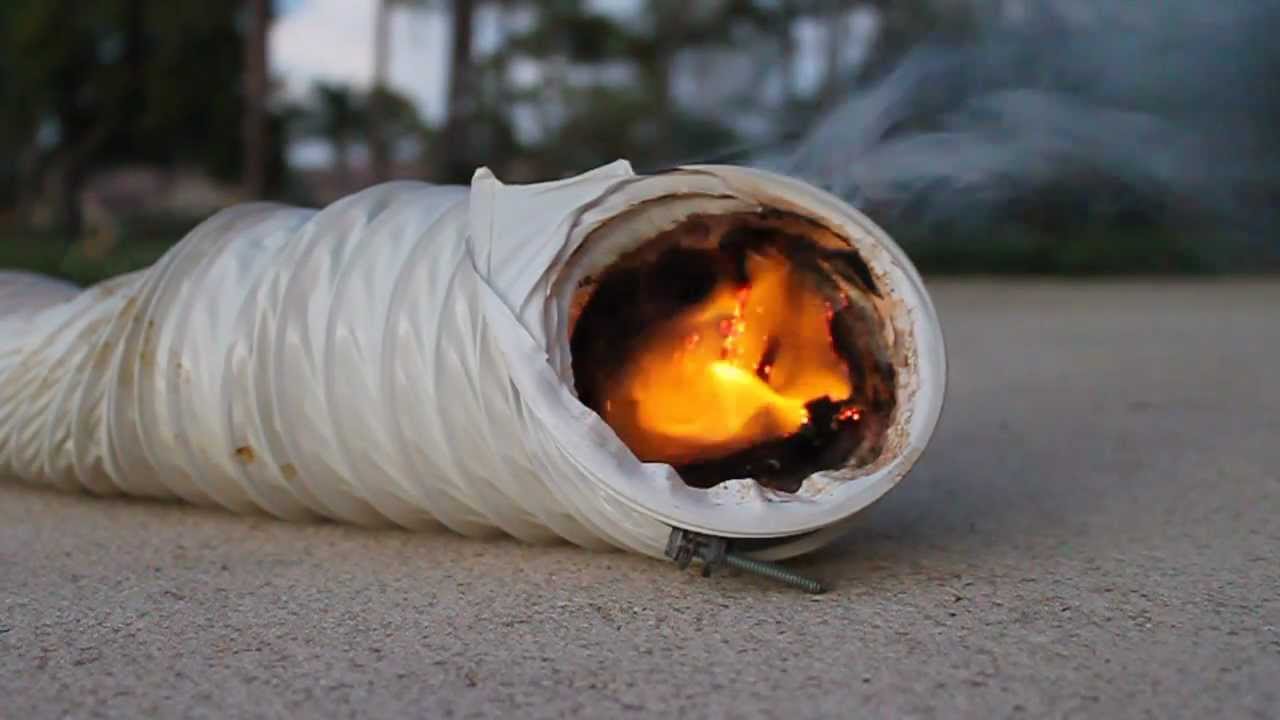

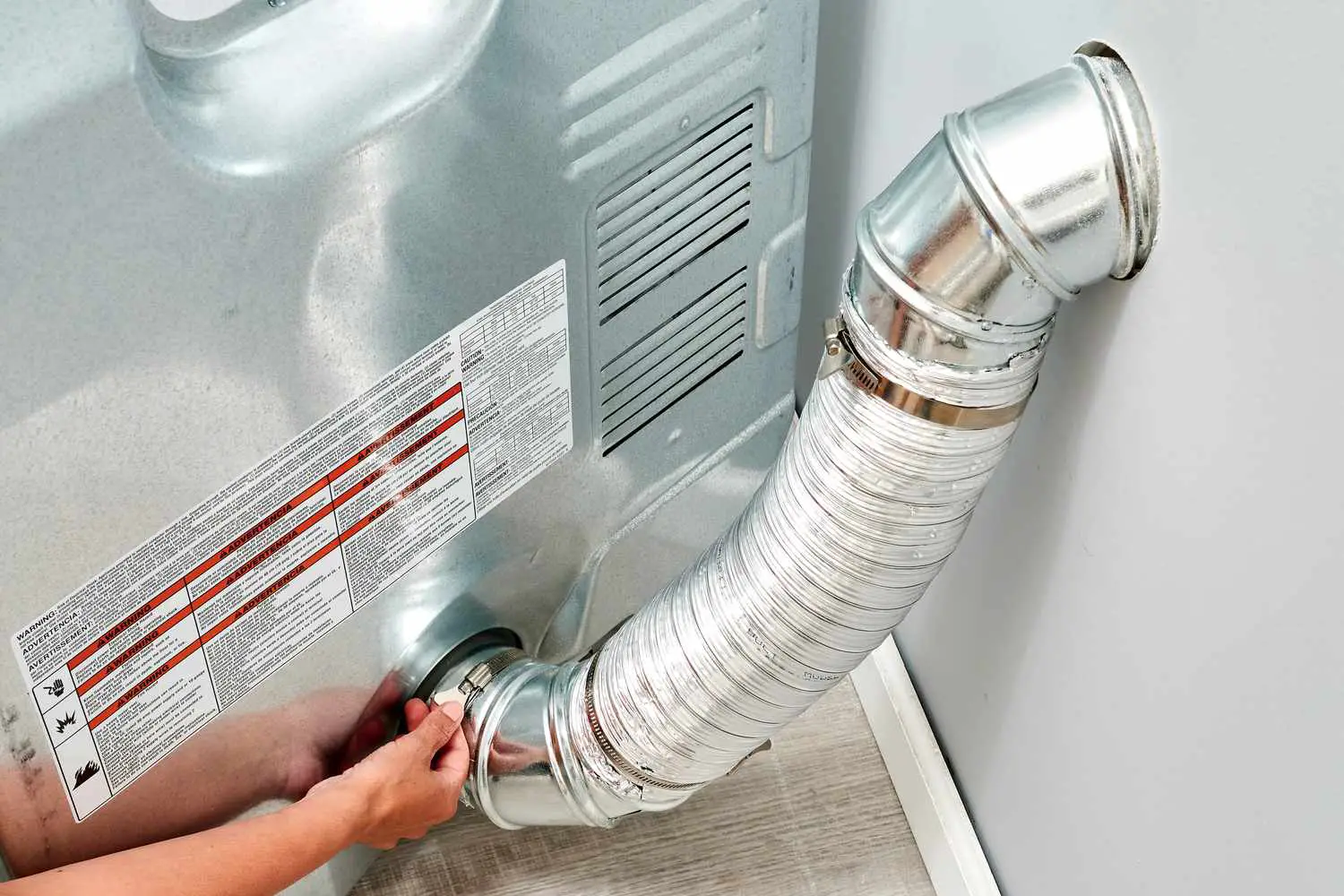
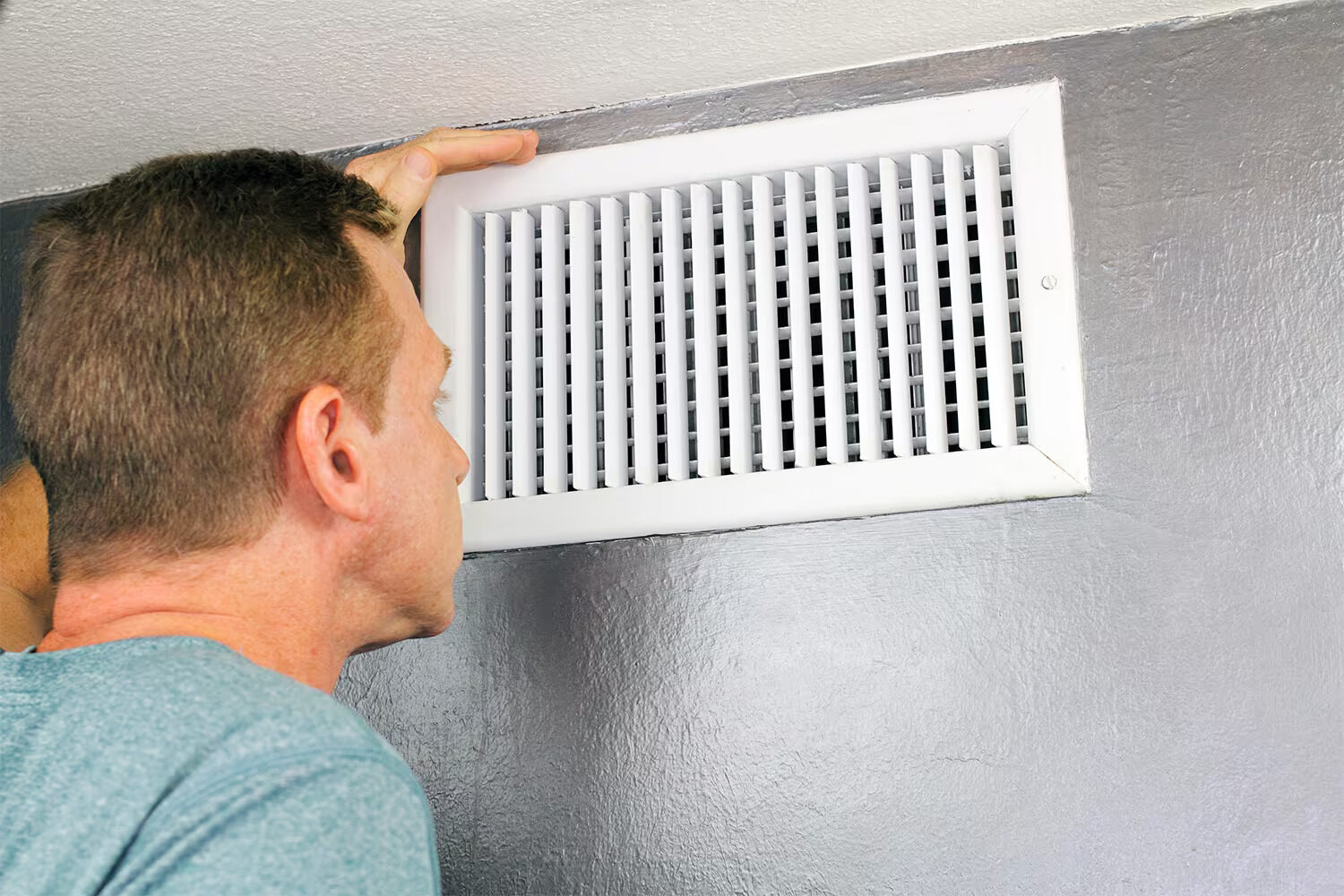
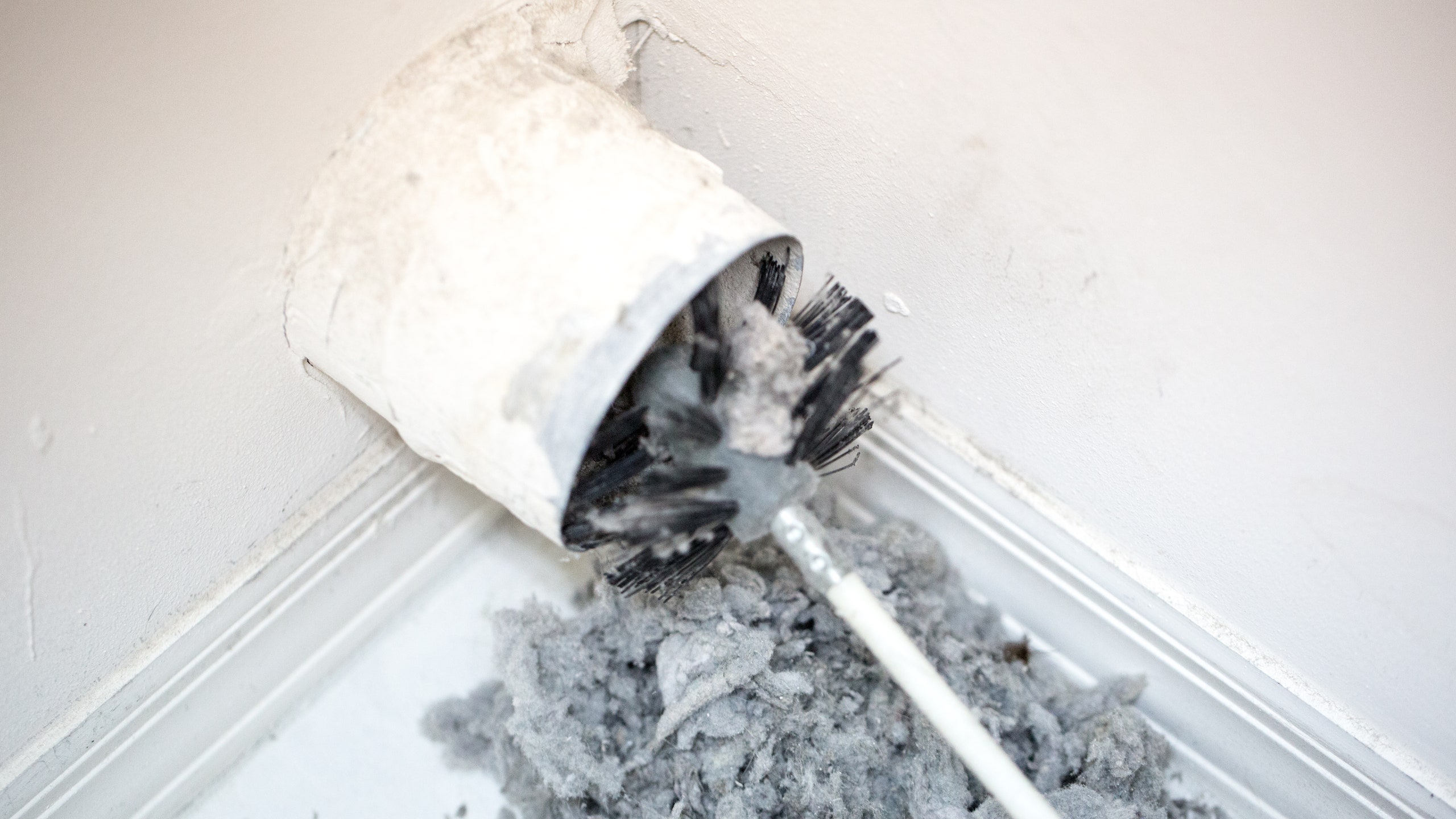

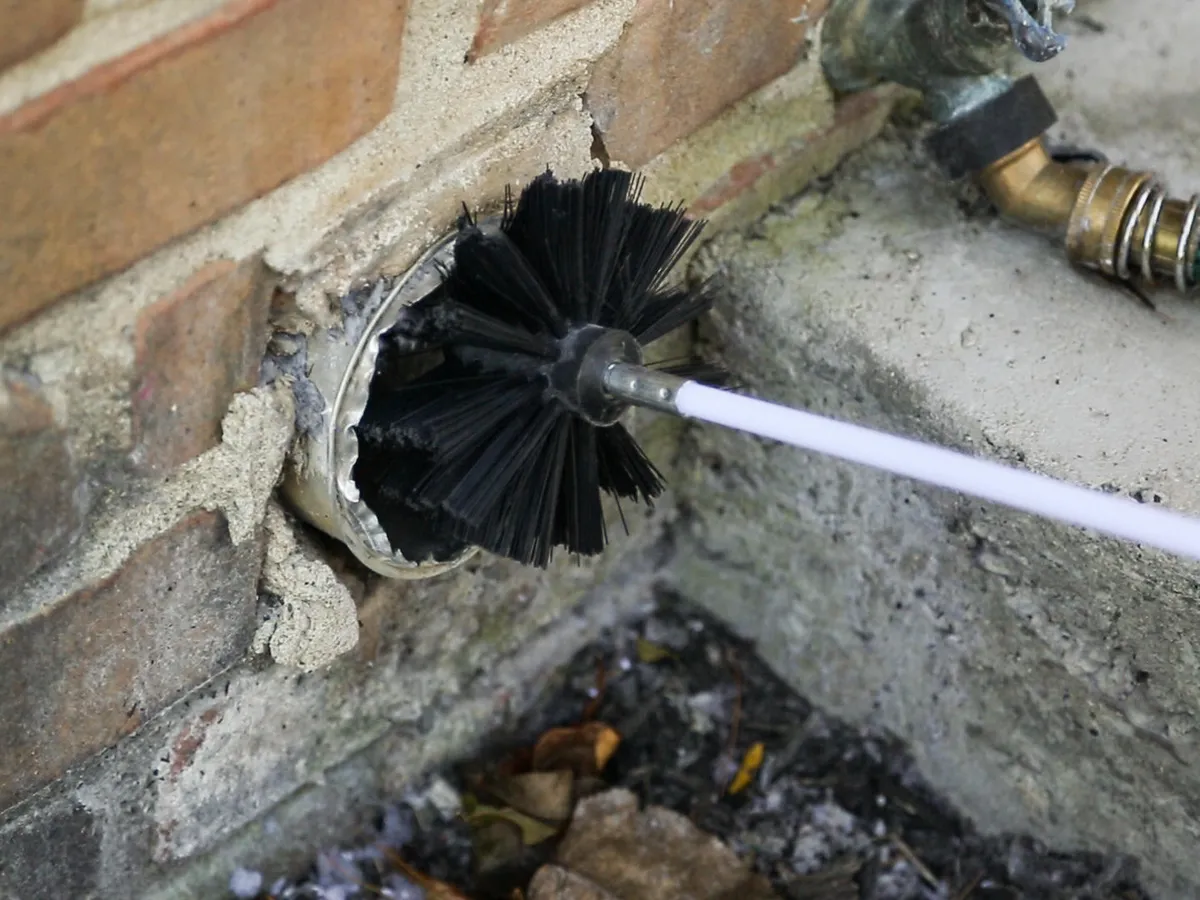
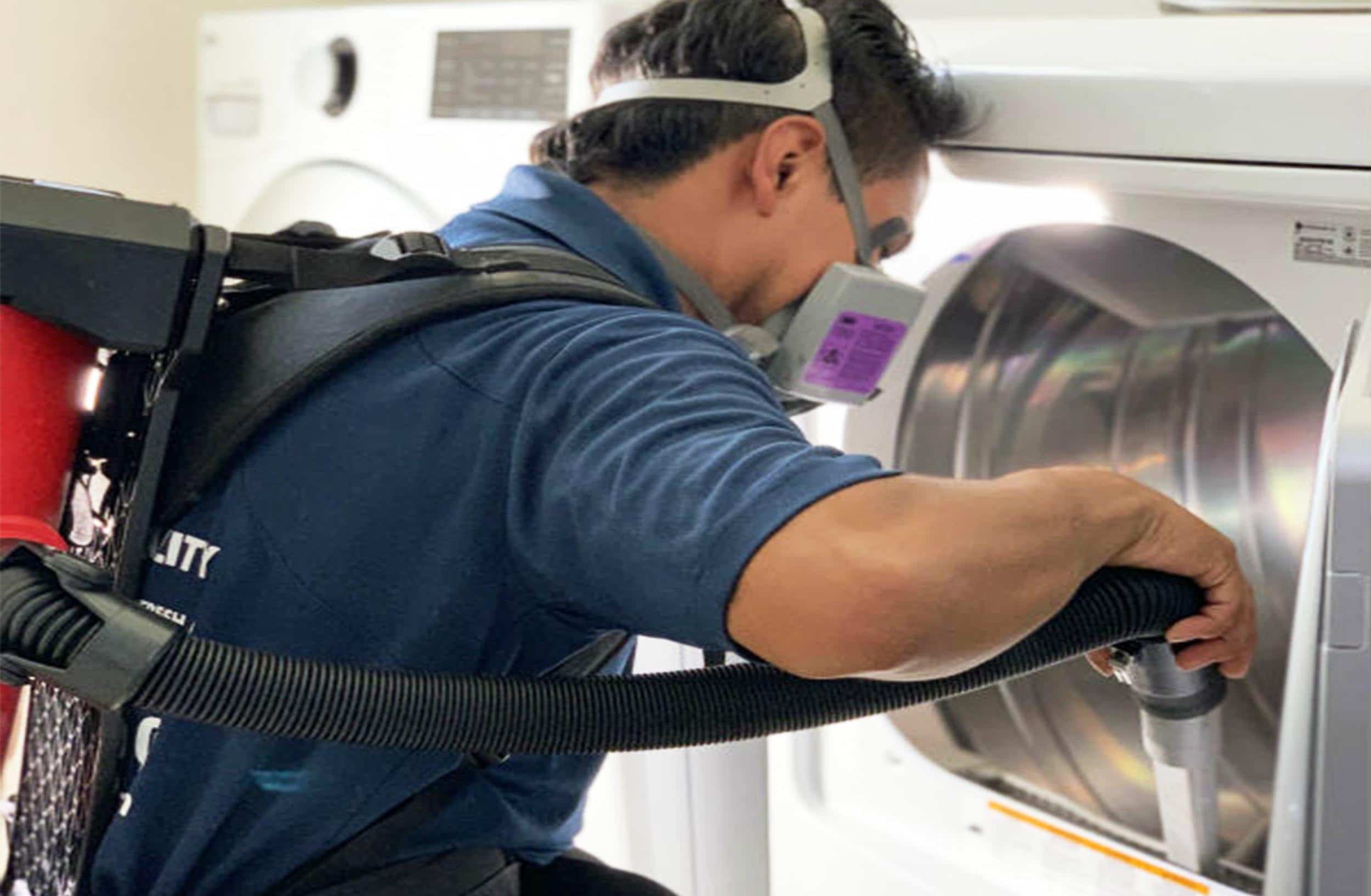
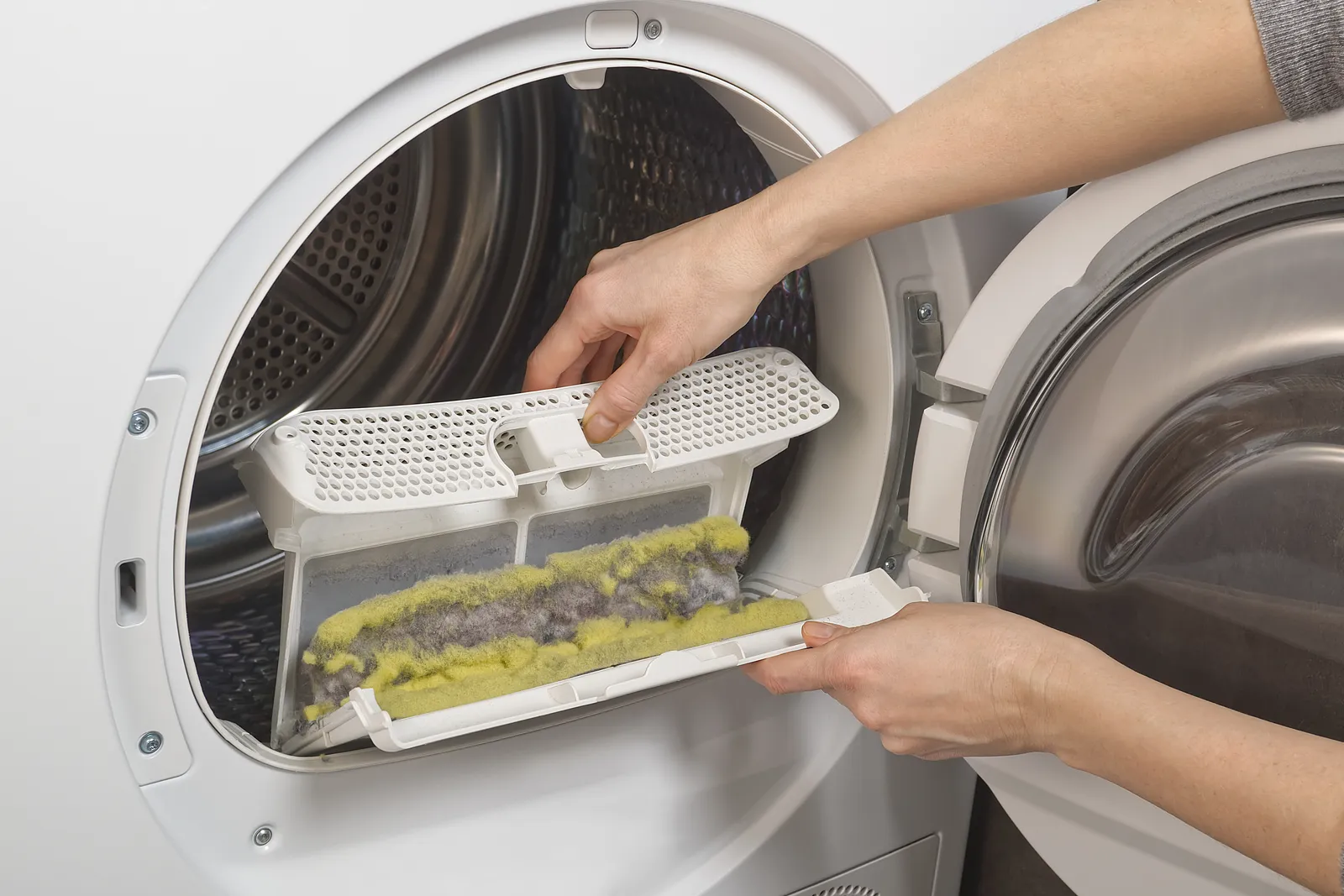
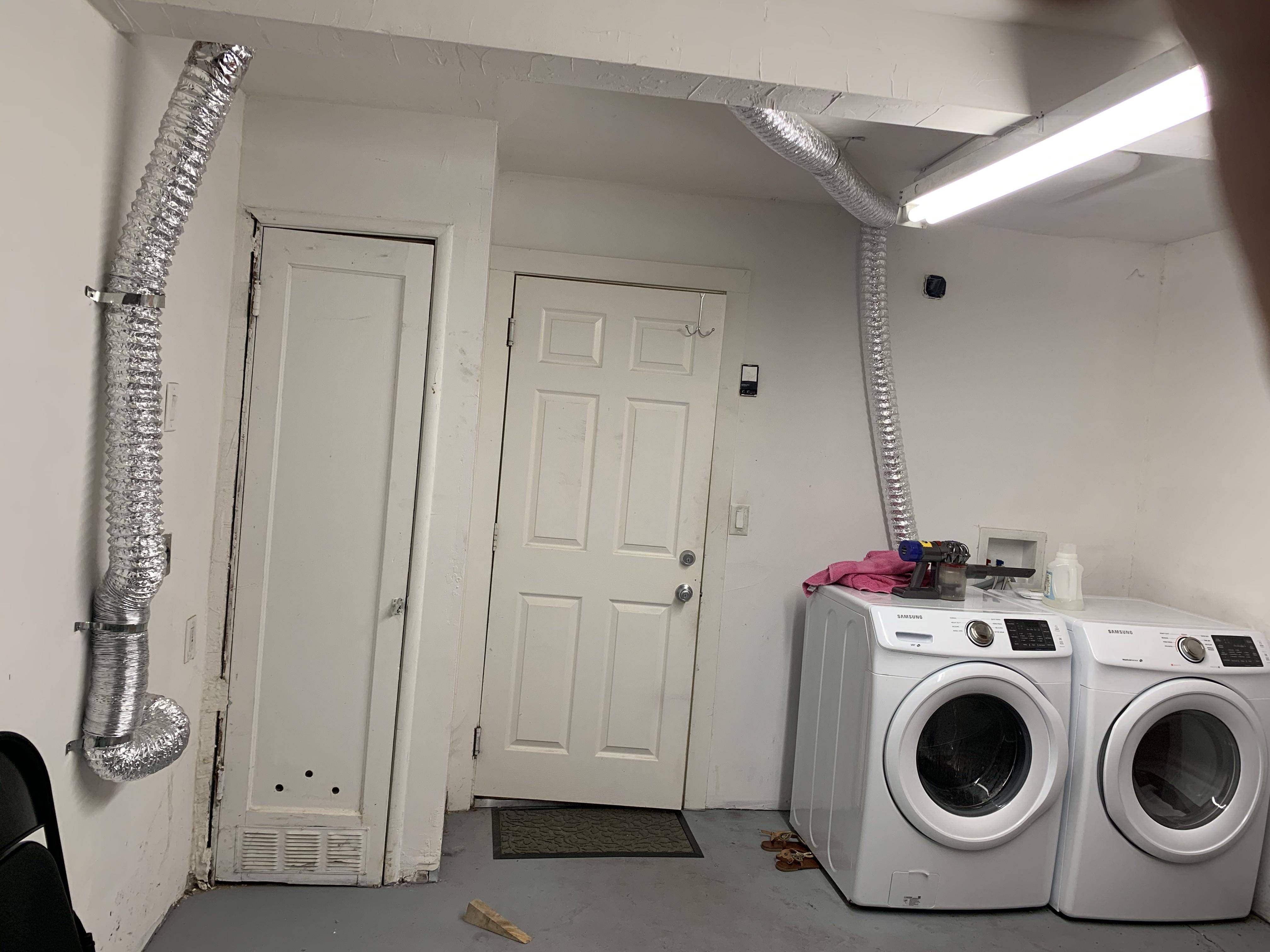
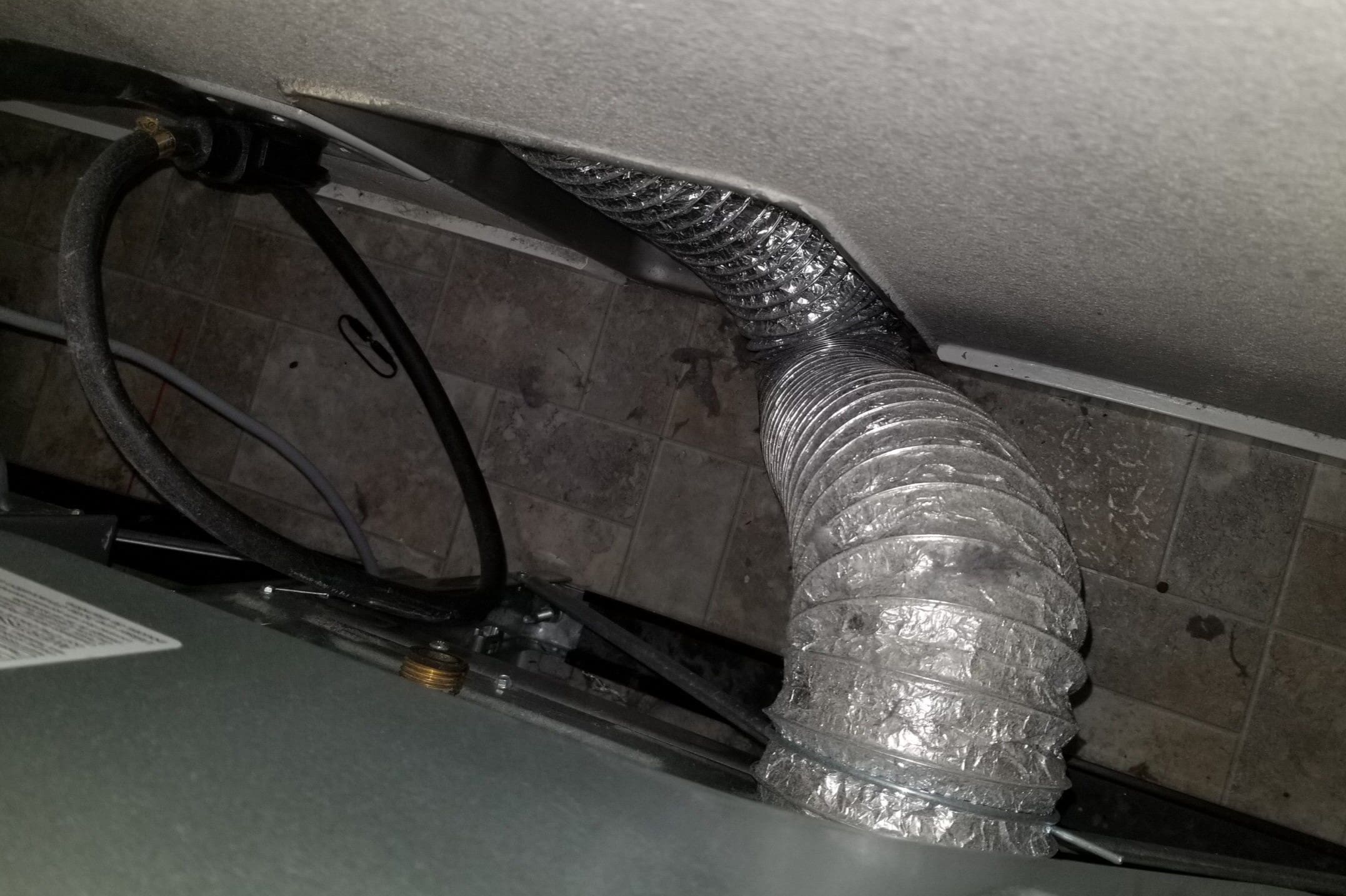

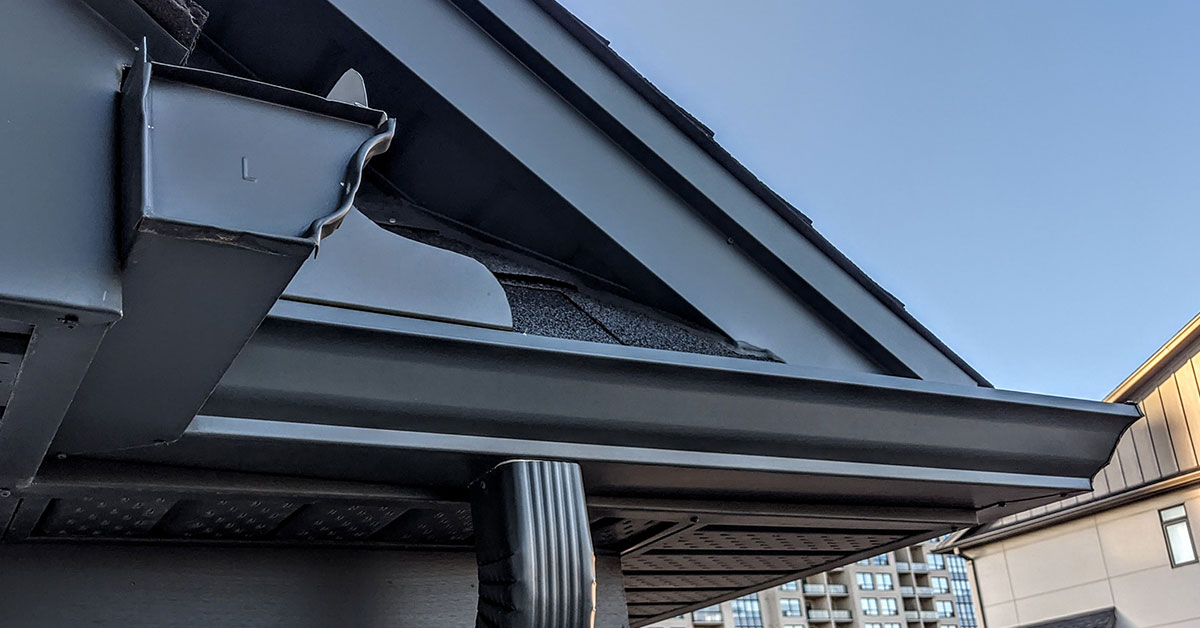

0 thoughts on “5 Signs You Have A Clogged Dryer Vent That Could Cause A Fire”